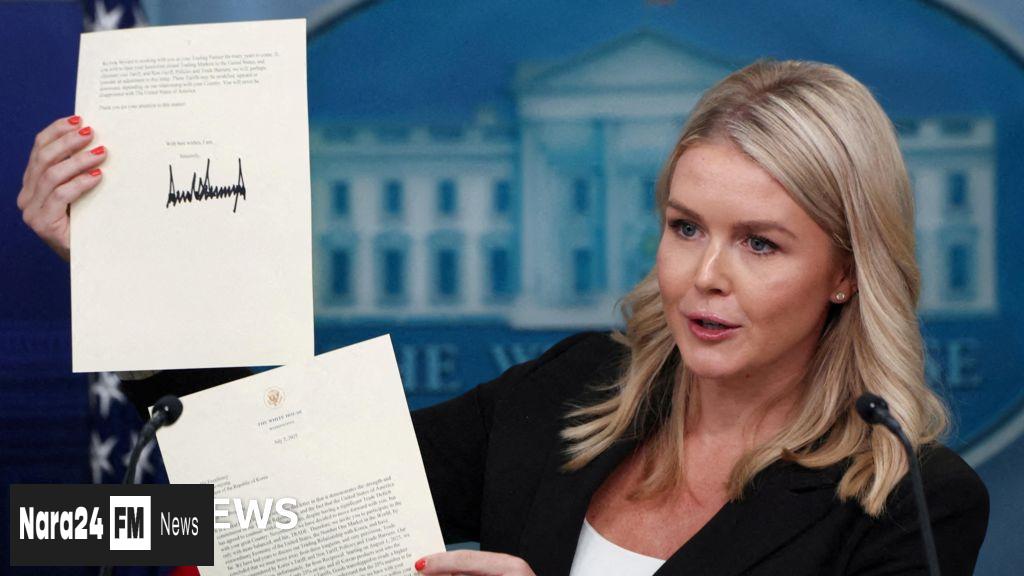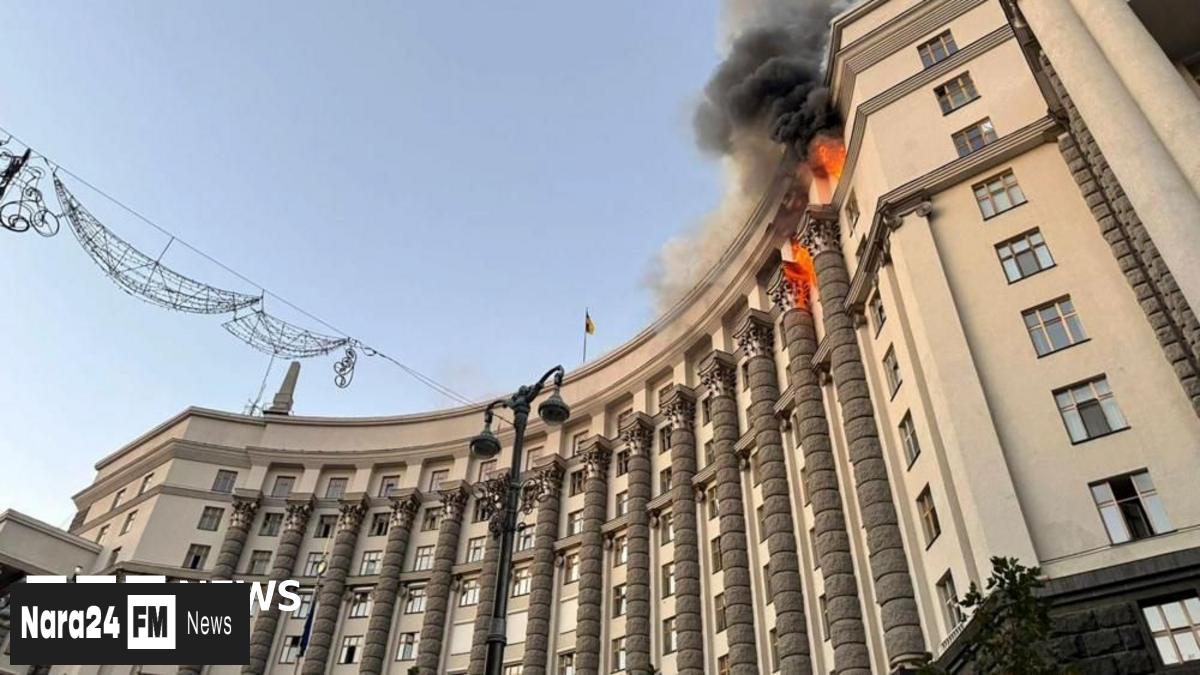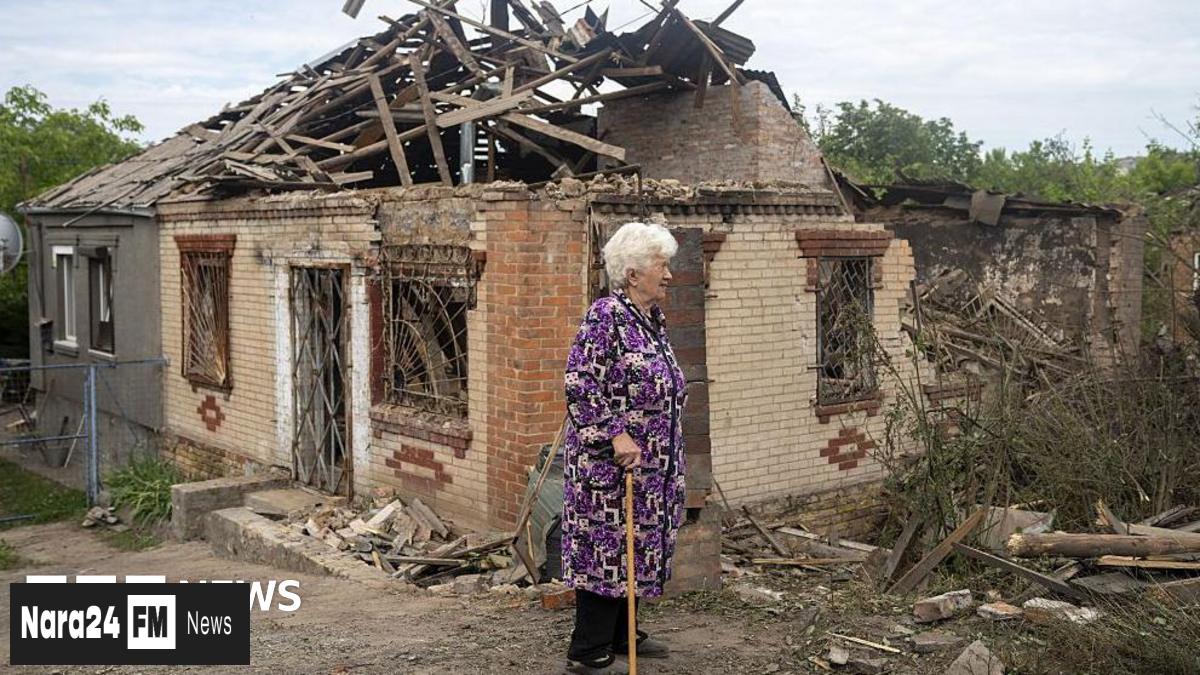In This Article
- Trump Postpones Tariff Implementation and Announces New Rates
- The Delay and Possibility of Future Extensions
- Economic Perspectives and Reactions
- Country Reactions and Negotiation Strategies
- White House Stance and Negotiation Dynamics
- Implications of the August 1 Deadline
Key Takeaways
- President Trump has delayed the implementation of higher tariffs on U.S. imports, extending the deadline from July 9 to August 1, while indicating flexibility for further negotiations.
- New tariff rates ranging from 25% to 40% have been proposed for 14 countries, including Japan, South Korea, and several Southeast Asian nations, with rates subject to adjustment based on bilateral relations.
- Economists suggest the delay and tariff announcements are part of a negotiating strategy, though they warn of potential higher U.S. prices and reduced trade activity.
- Affected countries like Japan and South Korea have expressed regret but remain committed to ongoing negotiations for mutually beneficial trade agreements.
- Trump's tariff policies, initially aimed at addressing unfair trade practices, have complicated international relations, with unresolved issues continuing to strain global trade dynamics.
President Donald Trump has postponed the implementation of higher tariffs on U.S. imports, extending a 90-day pause on aggressive import taxes that was set to expire this week. Simultaneously, he has unveiled new tariff rates for 14 countries, including Japan, South Korea, and several Southeast Asian nations.
Initially scheduled to take effect on July 9, the higher tariffs have been delayed until August 1, with Trump stating that the new deadline is "firm, but not 100% firm." He indicated a willingness to negotiate, saying, "If they call up and they say we'd like to do something a different way, we're going to be open to that."
Economist Adam Ahmad Samdin from Oxford Economics noted that such trade agreements often take years to finalize, making the delay unsurprising. He highlighted that recent deals, like the one with Vietnam, are more of a "broad framework" to accelerate talks rather than detailed agreements.
In a series of letters shared on social media, Trump informed leaders of 14 countries about the latest tariff plans, emphasizing that rates could be adjusted "upward or downward, depending on our relationship with your country." The proposed tariffs range from 25% to 40%, targeting nations such as Myanmar, Laos, Thailand, Cambodia, Serbia, Bangladesh, Indonesia, South Africa, Malaysia, and Tunisia.
Investment strategist Vasu Menon from OCBC Bank suggested that Trump's approach appears to be a negotiating tactic rather than a definitive threat, offering hope to investors. However, economists warn that these measures could lead to higher prices in the U.S. and reduced trade activity.
Japanese Prime Minister Shigeru Ishiba expressed regret over the tariff announcement, vowing to continue talks with the U.S. for a mutually beneficial agreement. Similarly, South Korea plans to use the extended deadline to intensify negotiations, while Thailand remains confident in reaching a favorable deal.
White House Press Secretary Karoline Leavitt dismissed concerns that the shifting deadlines might weaken Trump's stance, stating that world leaders frequently reach out to negotiate. Treasury Secretary Scott Bessent also noted a surge in new proposals and offers from various countries.
Trump's tariff policies, initially framed as "reciprocal" measures to address unfair trade practices, have complicated negotiations with key trading partners. While agreements have been reached with the UK, Vietnam, and partially with China, unresolved issues and rising tariffs continue to strain international trade relations.
As the August 1 deadline approaches, all eyes remain on the evolving negotiations and their potential impact on global markets and economies.








Comments (0)
Leave a Comment
Be the first to comment on this article!